Call For Papers The 3rd International Symposium of Cavitation and Multiphase Flow(ISCM 2019)
2018-09-28ShanghaiUniversityEditorialBoardofJournalofHydrodynamicsApril19222019ShanghaiChina
Shanghai University Editorial Board of Journal of Hydrodynamics April 19 ~22, 2019 Shanghai, China
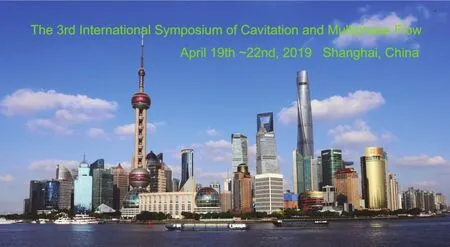
Introduction
Cavitation and multiphase flow is one of paramount topics of fluid mechanics with many applications in engineering covering a broad range of topics, e.g., hydraulic machinery, biomedical engineering, chemical and process industry. In order to improve the performances of engineering facilities(e.g. hydraulic turbines) and to accelerate the development of techniques for medical treatment of serious diseases (e.g. tumours), it is essential to improve our understanding of multiphase and cavitation flows. For example, the present development towards the erosion control and higher efficiency of the hydraulic systems (e.g. space engine,propeller, hydraulic machinery system) often requires that the systems run in cavitating conditions, and that the risk of cavitation erosion needs to be controlled.
Scope
ISCM 2019 covers all aspects of cavitation and multiphase flows, e.g., both fundamental and applied research with a focus on physical insights, numerical modeling and applications in engineering. Some specific topics are (but not limited to):
● Cavitating and multiphase flow in hydroturbines, pumps, propellers, etc.
● Numerical simulation techniques, e.g., LES,RANS
● Cavitation and multiphase flow erosion and anti-erosion techniques
● Measurement techniques for cavitation and multiphase flow detection
● Fluid-structure interaction induced by cavitation and multiphase flow
● Multi-scale modelling of cavitating flows and multiphase flow
● Cavitation nuclei: theory and experiments
● Supercavitation and its applications
● Synergetic effects of cavitation and silt-laden erosion
● Shock waves and microjets generated by cavitation
● Nonlinear oscillations of gas and vapour bubbles
● Fundamentals of physics of acoustic cavitation
● Sonochemistry and sonoluminescence
● Biomedical applications of cavitation effects
● Ultrasonic cavitation for molten metal treatment
● Cavitation and multiphase flow for enhanced heat transfer
Important Dates
Papers dealing with any topics within symposium scope are all invited to be submitted online with an abstract up to 500 words.
The related deadlines of the conference

?
Sponsors
Shanghai University, Shanghai, China
Journal of Hydrodynamics, Shanghai, China
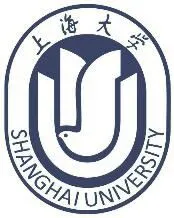
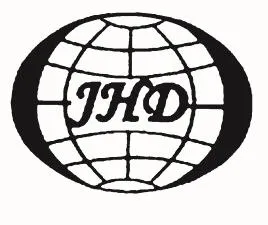
Supports
Tsinghua University, Beijing, China
Shanghai Jiao Tong University, Shanghai, China
China Ship Scientific Research Center, Shanghai,China
Jiangsu University, Zhenjiang, China
Zhejiang University, Hangzhou, China
Marine Design and Research Institute of China,Shanghai, China
Science and Technology on Water Jet Propulsion Laboratory, Shanghai, China
Wuhan University, Wuhan, China
North China Electric Power University, Beijing,China
Zhejiang University of Water Resources and Electric Power, Hangzhou, China
Symposium Chairs
Jiachun LI (Chinese Academy of Sciences)
Yousheng WU (China Ship Scientific Research Center)
Registration Fee
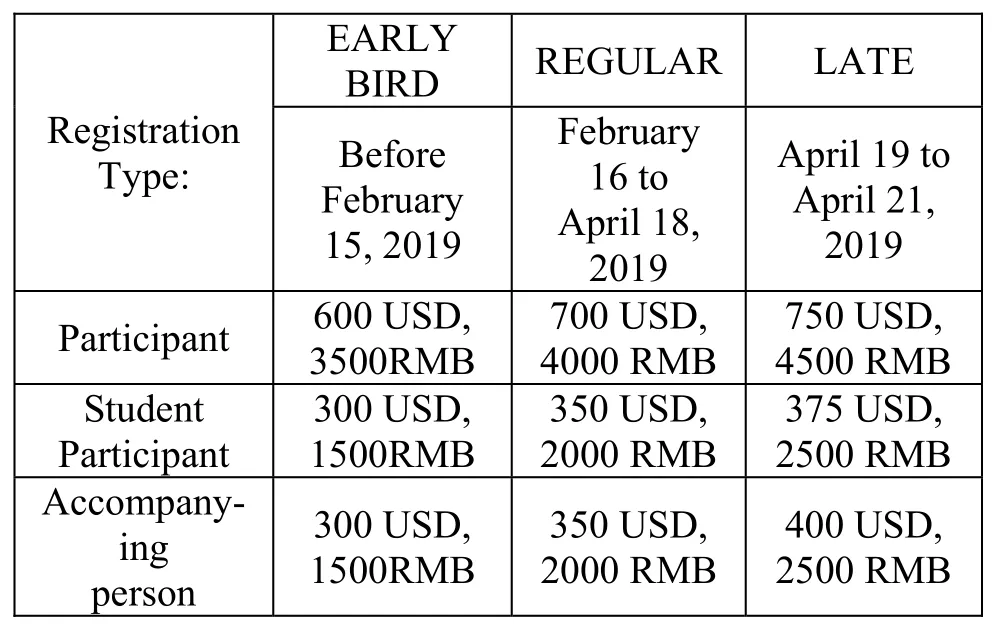
?
* Registration will not be completed until the full payment is received. The deadline for EARLY BIRD registration and full payment is February 15, 2019 and the deadline for REGULAR registration and full payment is April 18, 2019.
Conference Schedule
19th Apirl (Friday), 2019
Registration, Reception, Meeting of executive committees
20th Apirl (Saturday), 2019
Opening ceremony, Invited lectures, Technical sessions,
21st Apirl (Sunday), 2019
Invited lectures, Technical sessions, Closing ceremony, Banquet
22nd Apirl (Monday), 2019
Technical Tours
Contact
Hongxun CHEN
Shanghai Institute of Applied Mathematics and Mechanics, Shanghai University
Shanghai 200072, China
E-mail: iscm@oa.shu.edu.cn
Phone: +86 13601687401
http://www.iscm2019.org/
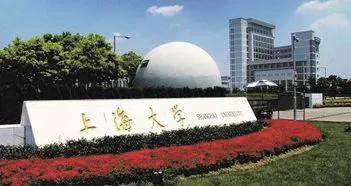
杂志排行
水动力学研究与进展 B辑的其它文章
- Non-invasive image processing method to map the spatiotemporal evolution of solute concentration in two-dimensional porous media *
- Roughness height of submerged vegetation in flow based on spatial structure *
- Large eddy simulation of tip leakage cavitating flow focusing on cavitation-vortex interaction with Cartesian cut-cell mesh method *
- Effects of Froude number and geometry on water entry of a 2-D ellipse *
- Finite element analysis of nitric oxide (NO) transport in system of permeable capillary and tissue *
- Transient air-water flow patterns in the vent tube in hydropower tailrace system simulated by 1-D-3-D coupling method *
